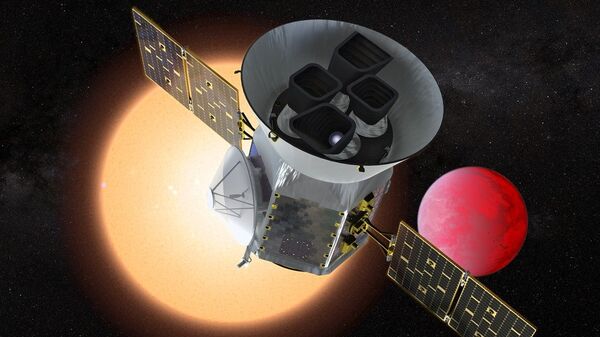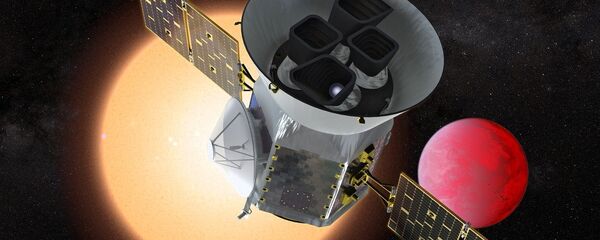Transiting Exoplanet Survey Satellite (TESS) was launched on April 18 from the Cape Canaveral Air Force Station in Florida, rising off the pad atop a SpaceX Falcon 9 rocket.
NASA’s newest planet-hunting spacecraft is equipped with four sensitive cameras, and it is set to reach the Moon in mid-June.
It has been designed as a successor to the Kepler space observatory.
"TESS is going to dramatically increase the number of planets that we have to study," TESS principal investigator George Ricker, of the Massachusetts Institute of Technology, said during a pre-launch briefing.
Like Kepler, TESS will search for alien planets using the "transit method," recording the tiny brightness dips these worlds cause as they cross their host stars' faces.
But TESS differs from Kepler in its orbit. Whereas Kepler circles around the sun in a heliocentric orbit, TESS will fly around in an extreme elliptical, 13.7-day orbit that will be a first of its kind, as no manmade object has ever done so before.
TESS will carry out a broad sky survey during its two-year prime mission, covering about 85 percent of the sky. The satellite will focus on the nearest and brightest stars.
"TESS is the first step toward finding habitable planets," mission project scientist Stephen Rinehart said during a briefing.





